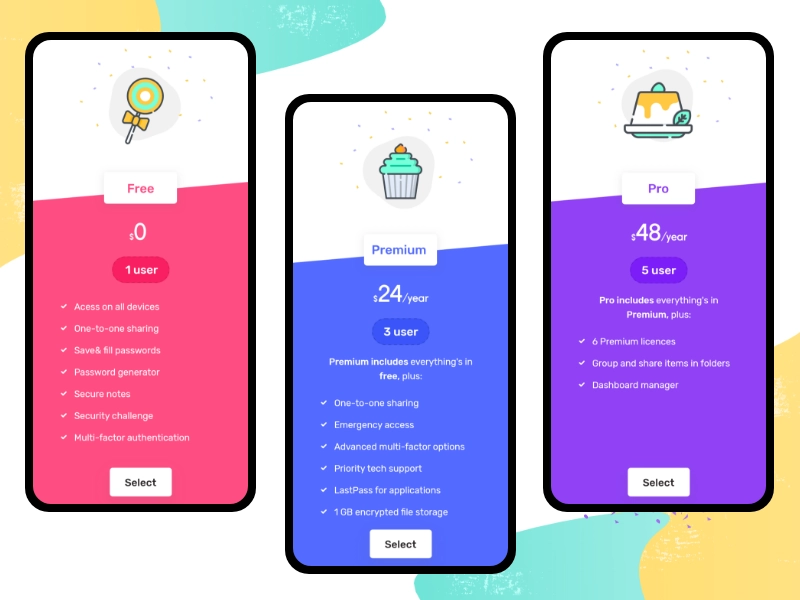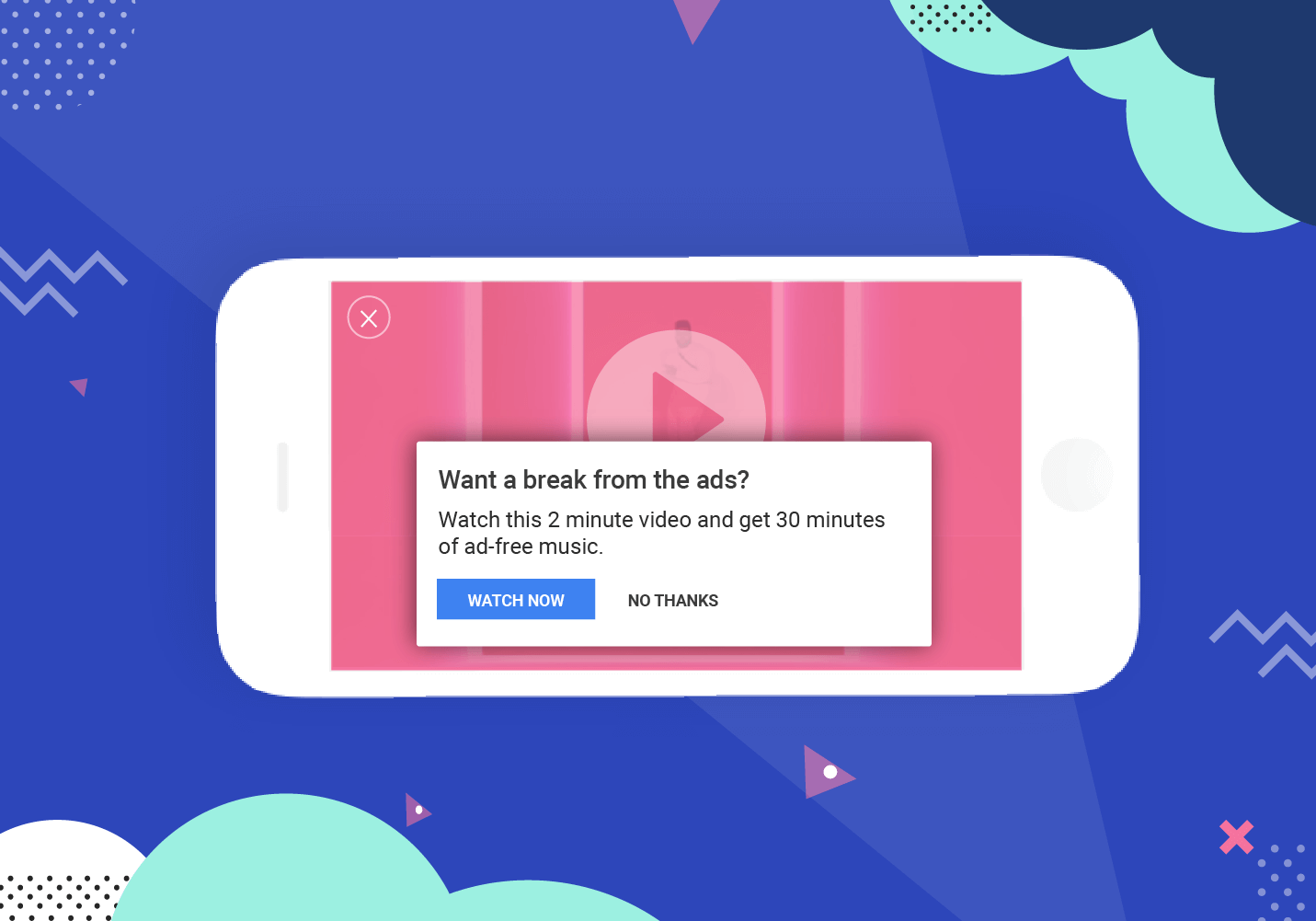Creating a ground-breaking idea for your mobile app is just the first step; true hard work begins on the drawing board after that. Figuring out how to make money an application is a critical part of the planning, development, and the future upkeep to sustain the application.
App monetization is essential for long term growth, goals and success. Whether you plan to charge for downloads or use subscription services to generate income, without monetization your app will never be profitable.
What Is Mobile App Monetization?
Mobile app monetization is exactly what it sounds like, a way to generate revenue and there’s a good reason why you would want to. It can be inferred that consumers have a significant interest in the mobile app space as evidenced by the annual download of over 200 billion mobile apps and the expenditure of more than $140 billion within those apps. Additionally, the fact that 90 percent of mobile internet time is spent on apps further supports this assertion, indicating that customers are willing to invest their time and money in this area. It’s crucial you define your app monetization strategy before you launch your app.
If you decide to implement in-app purchases as part of your monetization strategy, it's essential to determine the specific points in your user experience where they will be activated. Similarly, if you opt for a subscription-based model, providing a free version for users to try out before committing to a paid version may be beneficial.
App Monetization Strategies
It is critical to take your target audience's preferences and behavior into account when selecting a monetization plan for your app. For instance, if competing apps are available for free and offer similar services then charging for downloads may not be the best approach.
On the other hand, not all products are suited for subscription-based app monetization. Therefore, it's essential to evaluate whether this model fits with the features of your product and customer base.
It's essential to keep in mind that while monetization strategies are important, your app's success will depend on a variety of other factors as well. You also need to concentrate on efficient mobile app marketing and maximizing your app store presence to attract potential users if your goal is to see long-term success.
- Pricing strategies in the App Store
In recent years, the practice of charging users to obtain an app has declined in popularity as many apps now make use of in-app purchases or subscription-based business models. Nevertheless, implementing a paid download strategy could still be a viable option based on your target audience.
In this strategy, users pay a one-time fee to access your app, but the challenge is in convincing them to do so without first having a chance to try it out. Additionally, if you choose this strategy, you should take into account the fact that Apple and Google retain a 30% cut of all app acquisition fees.
When considering charging for app downloads, it's crucial to assess your competition and determine if your app offers unique features and value that justifies a fee. Having a robust marketing and public relations strategy is essential for convincing users to pay for your app and generating revenue through downloads.
In the end, monetization strategy can be effective if your app offers unparalleled services, pricing matches value proposition, and you directly link revenue to downloads. - In-App Purchases

An In-app purchases strategy can be especially useful if your app is free, as it offers a way to generate revenue without charging for your service. This strategy is particularly useful for free apps as it provides a way to earn revenue without charging for the service. With an annual revenue contribution of $50.1 billion to the global app market, in-app purchases have become a substantial source of income.
The success of in-app purchases can be seen clearly in the gaming industry, where popular games like Pokemon Go allow players to add new capabilities and enhance their gaming experience by purchasing coins and other products with real money. For instance, according to Pocket Gamer, in-app purchases in Pokemon Go contributed to almost $2 billion in revenue in the first two years just after release.
To incorporate in-app purchases into your app monetization strategy, it's essential to determine the specific features that can add value to your user experience. Successful in-app purchases often leverage gamification and offer tangible benefits to the user. - Offer Paid Premium Accounts

The "freemium model" is another popular app monetization strategy, which involves offering free downloads with the option to pay for additional features.
This approach offers free features to all users, with enhanced features available to those who opt for a premium account. For instance, popular modern apps like Spotify provide free access to music, but users have to endure ads between songs. However, by paying a monthly fee, users can upgrade to a Spotify Premium membership, which offers an ad-free experience, personalized playlists, and other benefits.
Many freemium apps provide tiered payment options to cater to different customer needs. Spotify, for example, offers a $9.99/month individual plan, a $12.99/month two-account plan, and various other plans for families and students. - In-App Ads

Displaying in-app advertisements is one of the most well-liked strategies of app monetization. This strategy makes use of sponsored ads to keep the app free for users, which can bring more users and generate more revenue from the ad. Selecting the appropriate form of advertising revenue is essential. There are various forms, including cost per thousand impressions (CPM), cost per click (CPC), and cost per action (CPA). To retain brand integrity and avoid alienating consumers, it's crucial to choose advertisements that are pertinent to your user base and complement the content of your app. - Subscriptions

An effective app monetization strategy is to enter into the subscription economy. With this model, your app can still be downloaded for free, but users will have access to different services depending on whether or not they have subscribed.
It is important to consider the necessary features for your app and offer various subscription options accordingly. Netflix is a popular example of a subscription-based app, earning approximately $25 billion annually. Users can pay a low monthly fee to access the app on one screen, or a higher monthly fee for additional screens, HD, and Ultra HD. This allows Netflix to increase revenue generated from families or users who share a subscription. - Partnerships
Sponsorships and partnerships can be a lucrative app monetization strategy, particularly if you have an established app or a large user base. Collaborating with well-known brands can help you reach new audiences and build brand integrity through strategic partnerships. Sponsorships allow you to connect your audience to other relevant brands and promote their content to interested consumers. For sponsors, this opens up new advertising opportunities and allows them to reach new demographics. One way to promote your partnerships within your app is by using a splash screen. This is usually triggered when a user opens the app and displays a relevant ad that takes up the entire screen. This provides maximum visibility and exposure for your sponsor's content.
One way to promote your partnerships within your app is by using a splash screen. This is usually triggered when a user opens the app and displays a relevant ad that takes up the entire screen. This provides maximum visibility and exposure for your sponsor's content. Combining various methods such as in-app ads, social media campaigns, and custom in-app content can effectively promote your partnerships.
When choosing an app monetization strategy, it's important to take into account your audience, the services your app provides, and your own capabilities. The selected strategy should be carefully considered and aligned with the app's usage and future goals. In addition, it's crucial to assess your skills and strengths to choose the most suitable monetization method. Conducting thorough competitor research and gathering information on how similar apps are used can also provide valuable insights. By following these steps, you can choose a monetization strategy that yields a consistent return on investment for your business.
Tools for App Monetization Strategies
Here are some of the most popular app monetization tools in the market:
- AdMob
- Facebook Audience Network
- MAX
- InMobi
- Smaato
- AdColony
- Unity
Conclusion
After learning about the various app monetization options, it is crucial to concentrate on marketing your mobile application. The development of inbound app marketing techniques is equally crucial to revenue-building strategies. Ultimately, providing outstanding user experiences that keep customers engaged and coming back for more is the key to success.

.png)
.png?width=352&name=image.png%20(10).png)

.png?width=352&name=image.png%20(20).png)